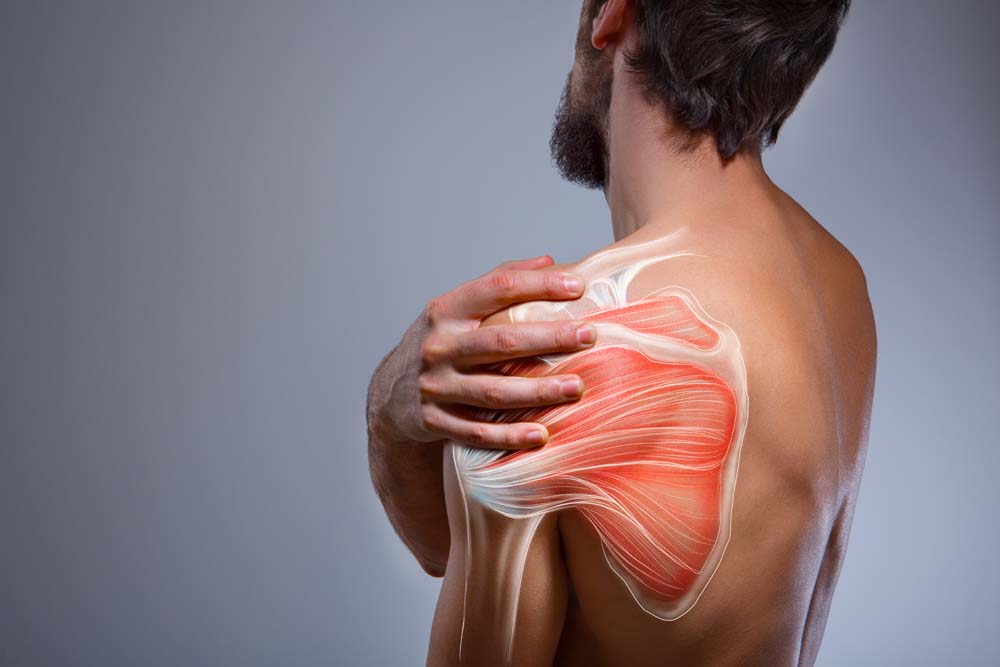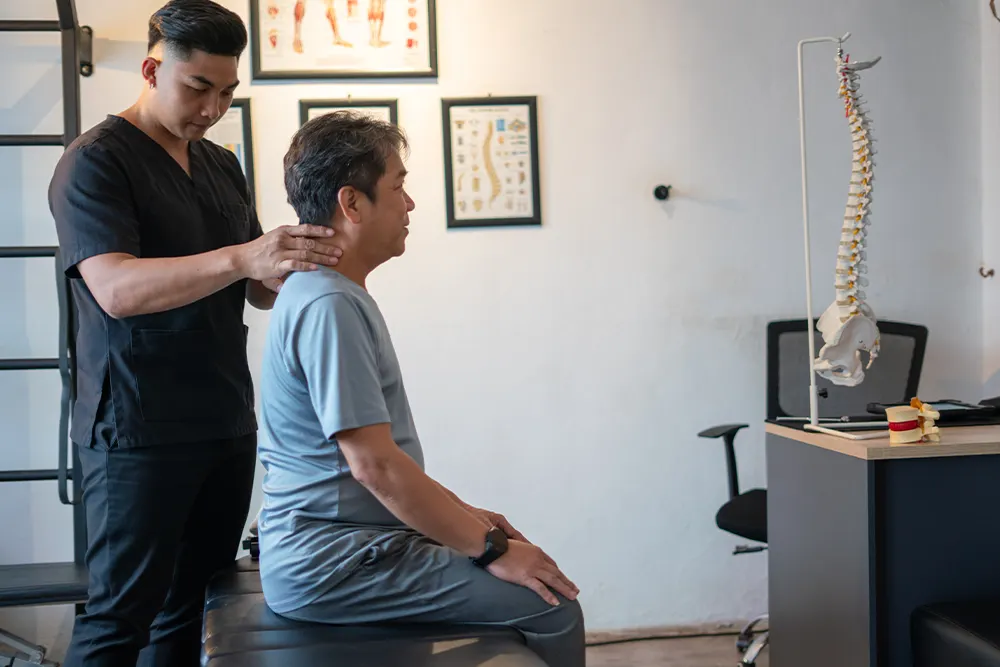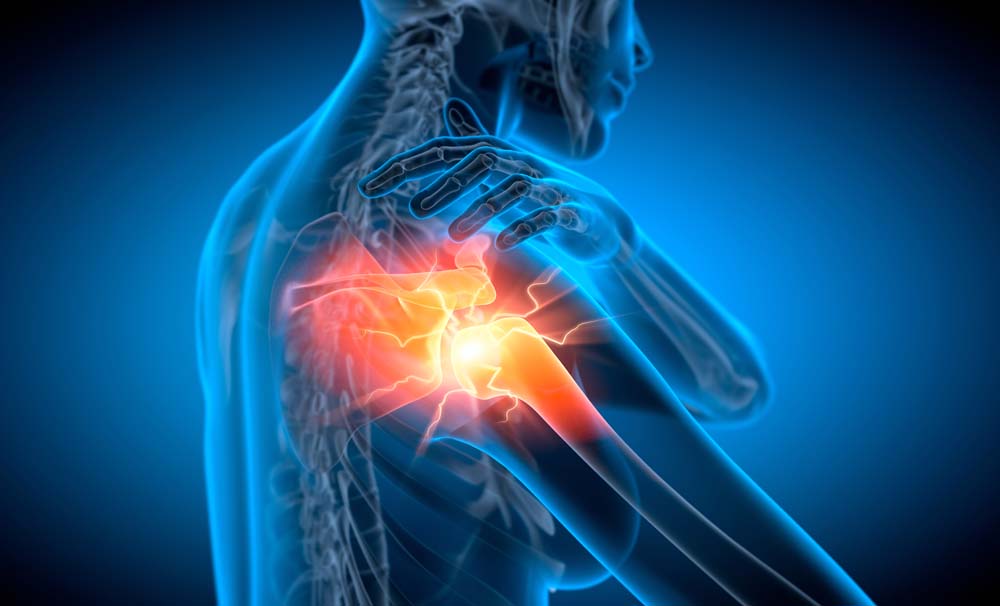
Living with persistent shoulder pain can make even simple daily tasks feel overwhelming; reaching a high shelf, carrying groceries, or finding a comfortable sleeping position can all become a struggle. At Impact Medical Group, we understand how much shoulder pain affects your life.
Our compassionate, highly skilled orthopedic team is here to help you get back to what you love, free from pain. We’ll identify the root cause of your discomfort and create a personalized treatment plan tailored to your well-being.
Understanding Your Shoulder Pain: What’s Really Going On?
Your shoulder is an amazing joint, it gives you incredible range of motion, but that also means it’s more prone to getting hurt or irritated. Most of the time, shoulder pain comes from something going on in the joint itself or in the muscles, ligaments, or tendons around it. If you notice that moving your arm or shoulder makes the pain worse, it’s usually a sign that one of these areas is the culprit.
But here’s the tricky part: not all shoulder pain actually comes from the shoulder. Sometimes, issues like heart problems or gallbladder disease can cause referred pain, which doesn’t change when you move your arm. That’s why our team takes the time to really listen and carefully evaluate what you’re feeling — so we can figure out exactly where your pain is coming from and how to treat it.


What is Referred Pain?
Referred pain is a phenomenon where you feel pain in a different area from the actual source of the problem. Following a truck or vehicle accident, this is common; for example, an injury to your neck or spine may cause a pain signal to be “referred” to your arm or leg, even if there is no direct injury to that limb.
It’s a result of the nervous system getting its signals crossed and is a key factor in diagnosing accident-related injuries.
We Are
Impact Medical Group
Impact Medical Group provides advanced orthopedic surgical care to help patients restore mobility and live pain-free.
Our expert team specializes in spine, ankle, elbow, knee, hip, shoulder, hand, and wrist procedures, as well as fracture treatment, articular cartilage restoration, and joint replacement. We focus on personalized solutions and leading techniques to deliver the best possible outcomes.
Why Does Referred Pain Occur? (Theories)
While the exact mechanisms are still being researched, the most widely accepted theory is the Convergence-Projection Theory:
- Converging Nerve Pathways: Nerves from different parts of the body (e.g., an internal organ and a superficial area like the skin or a muscle) often share common pathways as they enter the spinal cord.
- Brain’s “Best Guess”: When pain signals arrive at the spinal cord from a less commonly stimulated area (like an internal organ), the brain is used to receiving signals from the more frequently stimulated superficial areas that share the same pathway. So, the brain “assumes” the pain is coming from the more familiar, superficial location, even though the problem is elsewhere.


Where You Might Feel Shoulder Pain
Because of the shoulder’s intricate anatomy, pain may radiate beyond the joint itself. Common locations include:
- The Shoulder Joint: The most direct and common site of pain.
- Upper Arm: Pain that extends down from your shoulder.
- Upper Back: Discomfort referred to your upper spine.
- Upper Chest: Pain across the front of the shoulder or chest.
Conditions We Treat to Relieve Your Pain
Our orthopedic team diagnoses and treats a wide range of shoulder conditions, from common injuries to complex disorders, including:
Rotator Cuff Disorders
Tendinitis, partial, or full-thickness tears affecting arm movement and stability.
Shoulder Impingement
Tendons or bursae compressed during movement, often causing overhead pain.
Bursitis & Tendinitis
Inflammation or degeneration of bursae or tendons, leading to pain and restricted motion.
Calcific Tendonitis
Painful calcium deposits in tendons.
Frozen Shoulder
Progressive stiffness and pain, with distinct freezing, frozen, and thawing phases.
Osteoarthritis
Wear-and-tear arthritis in the shoulder or AC joint, causing stiffness and chronic discomfort.
Biceps Tendonitis
Pain in the front of the shoulder from an inflamed biceps tendon.
Shoulder Instability or Dislocation
Joint hypermobility, partial or full dislocations, and sensations of the shoulder “giving out.”
Fractures
Broken collarbone, humerus, or scapula from falls or trauma.

Your Path to Relief: Comprehensive Treatment at Impact Medical Group
Your journey starts with a complete evaluation, including a detailed physical exam, medical history review, and advanced diagnostic tools, such as:
- X-rays: To assess bones for fractures or arthritis.
- MRI Scans: To visualize tendons, ligaments, and cartilage.
- Ultrasound: Real-time imaging of joint motion.
- Diagnostic Arthroscopy: A minimally invasive internal camera exam when needed.
Non-Surgical Treatments: Often the First Step
Whenever possible, we start with conservative, non-surgical care tailored to your needs, including:
- Rest & Activity Modification: Guidance on ergonomics and reducing strain.
- Targeted Physical Therapy: Exercises to strengthen, restore motion, and improve flexibility.
- Medications & Injections: Pain management and targeted relief to support therapy progress.


Surgical Options: When Needed
If non-surgical methods don’t provide sufficient relief, or if your condition is more severe, we offer advanced surgical solutions:
- Arthroscopic Surgery: Minimally invasive repairs with smaller incisions, faster recovery, and less pain.
- Shoulder Replacement: Total or reverse shoulder replacement for severe arthritis or joint damage, restoring function and quality of life.
- Sports Orthopedic Care: Specialized care and rehabilitation for athletes, helping you recover fully and prevent future injuries.
Take the First Step Toward Lasting Relief
You don’t have to live with shoulder pain that limits your life. At Impact Medical Group, we’re here to help you move better, feel better, and regain confidence.
Contact us today to schedule a consultation with one of our experienced orthopedic specialists, and take the first step toward lasting relief and a better quality of life.


